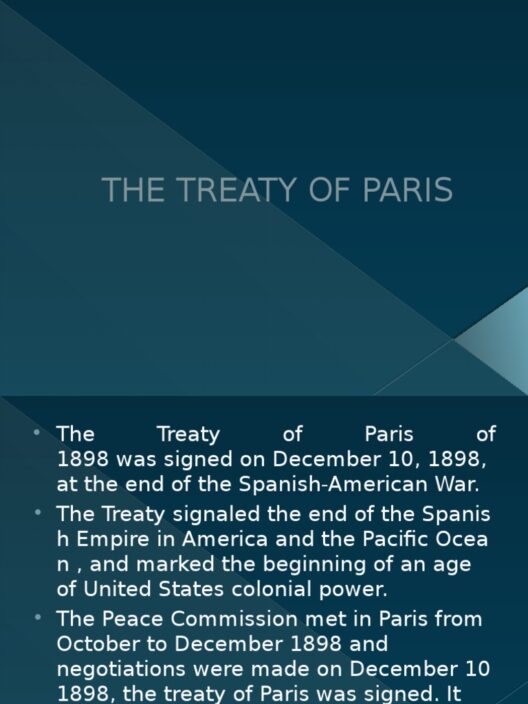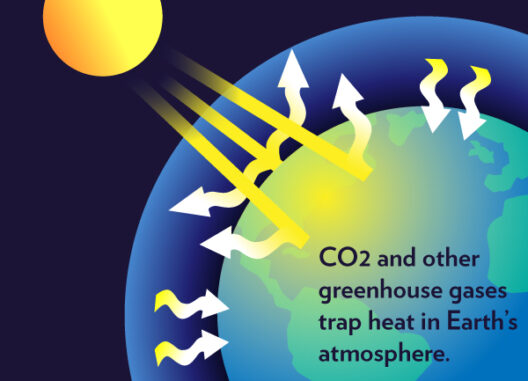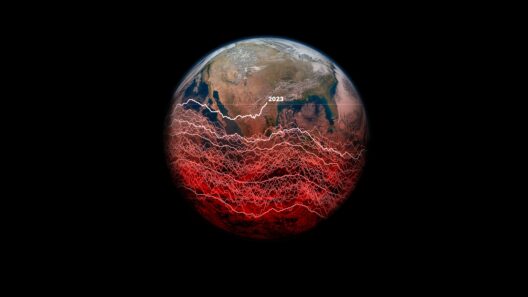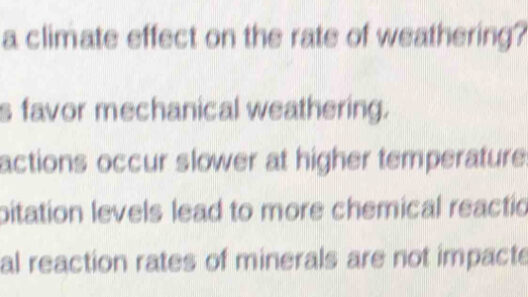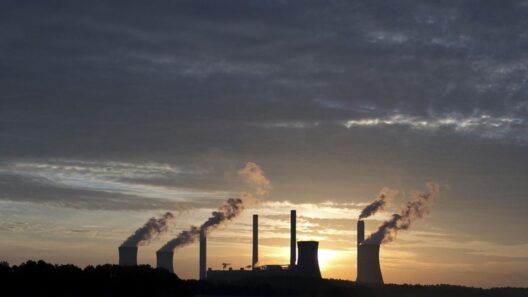The allure of Hawaii extends beyond its picturesque beaches and vibrant culture; it is a unique ecosystem with a climate that deeply influences both its natural surroundings and its inhabitants. Understanding this climate—a complex interplay of various meteorological phenomena—can significantly alter our appreciation of the “Aloha State.” The climate of Hawaii is often described as tropical, but it is more nuanced than this designation implies. To fully grasp Hawaii’s climatic conditions, one must explore its diversity, influences, and implications.
The Hawaiian Islands experience two primary seasons: the dry season from May to October and the wet season from November to April. The temperature variations are relatively mild throughout the year, with averages ranging from 70°F to 85°F. Such climate stability renders the islands not only a touristic paradise but also a habitat for a plethora of unique flora and fauna that thrive in these temperate conditions. However, the characterization of Hawaii’s climate does not end here; it is interwoven with local microclimates and regional weather patterns.
When thinking of Hawaii, one may envision sun-soaked beaches lined with palm trees, but the climate embodies much more than this idyllic surface. The islands’ topography—including coastal plains, volcanic mountains, and lush valleys—creates diverse microclimates that vary significantly across short distances.
For instance, the windward sides of the islands, or the east-facing coasts, receive ample rainfall due to moisture-laden trade winds. This phenomenon, known as orographic lift, causes clouds to rise as they encounter mountains, cool, and subsequently release moisture in the form of rain. As a result, areas like Hilo on the Big Island are some of the wettest places on earth, receiving an astonishing average of over 130 inches of rain per year.
Conversely, the leeward sides, or the west-facing coasts, are often parched and arid, with rainfall totals significantly lower. Locations such as Lahaina on Maui can receive less than 10 inches of rainfall annually, creating a stark juxtaposition to their lush counterparts merely a few miles away. This dramatic contrast creates unique ecosystems: rainforest on the windward coasts and semi-arid landscapes on the leeward sides.
The prevailing trade winds not only contribute to the precipitation patterns but also play a crucial role in regulating temperatures. These consistent winds create a moderating effect, allowing for balmy conditions despite the occasional temperature spikes during the summer months. The regularity of the winds also assists in maintaining coral reef ecosystems surrounding the islands, providing crucial nutrients while preventing stagnation of water—a phenomenon vital for marine biodiversity.
Despite the generally temperate climate, Hawaii is not immune to the impacts of climate change. Rising sea levels, increased storm intensity, and changing rainfall patterns threaten both the environment and the local community reliant on agriculture, tourism, and natural resources. As coral reefs bleached by rising ocean temperatures face threats from storm surges and increased solar radiation, the overall ecological balance is at risk. A commitment to sustainable practices is imperative to address these challenges.
This backdrop of climate diversity and change invites one to explore the concept of “Endless Summer,” a phrase invoking the idea of perpetual warmth and outdoor activity. However, it is essential to examine closely what this notion entails within the parameters of a changing ecological landscape. A shift in perspective is required to understand not only the beauty of Hawaii but also the fragility of its ecosystems.
A reflective exploration of Hawaii’s climate should prompt an intrigue into sustainable practices among visitors and residents alike. To cultivate a relationship with the environment, one must embrace stewardship, recognizing that the allure of Endless Summer is not solely in the sunshine but in the preservation of Hawaiian biodiversity. Supporting local farmers, participating in conservation initiatives, and increasing awareness of ecological sustainability can create a symbiosis between tourism and environmental health.
The delicate balance of life in Hawaii teaches profound lessons about resilience. The islands have experienced the full spectrum of climate phenomena, from volcanic eruptions to hurricanes. Indigenous plants and animals have evolved unique adaptations to survive in these varied conditions, a testament to nature’s capacity for endurance. Thus, the exploration of Hawaii’s climate offers not just knowledge—it provides insight into how interconnected we all are within the broader ecosystem.
In conclusion, Hawaii embodies a complex and captivating climate offering both beauty and vulnerability. The juxtaposition of lush rainforests and arid landscapes presents an intriguing study of microclimates at work. As we delve deeper into this enchanting locale, let a sense of curiosity guide us on this journey. Let us not solely bask under the Hawaiian sun but also shine our light on the imperative of preserving this radiant paradise for generations to come. The Endless Summer is not merely a season; it is a call to action for sustainability, resilience, and harmony with nature.




